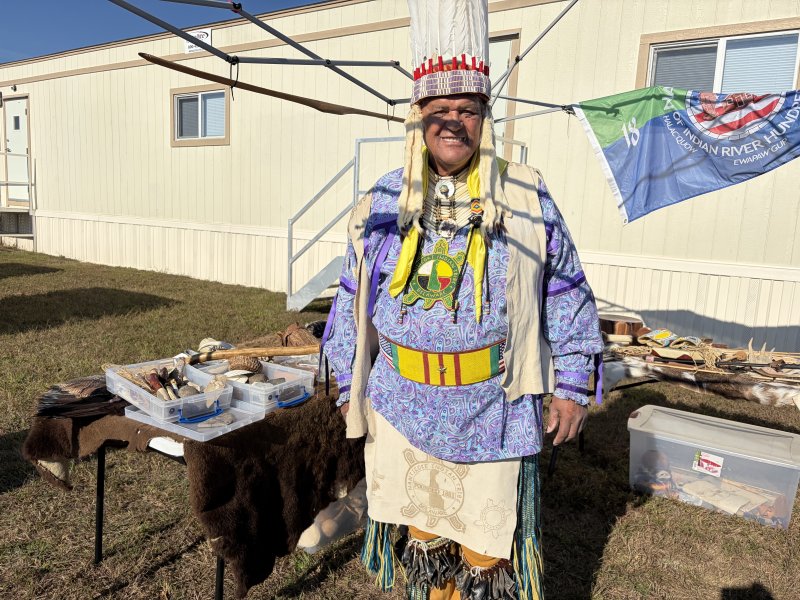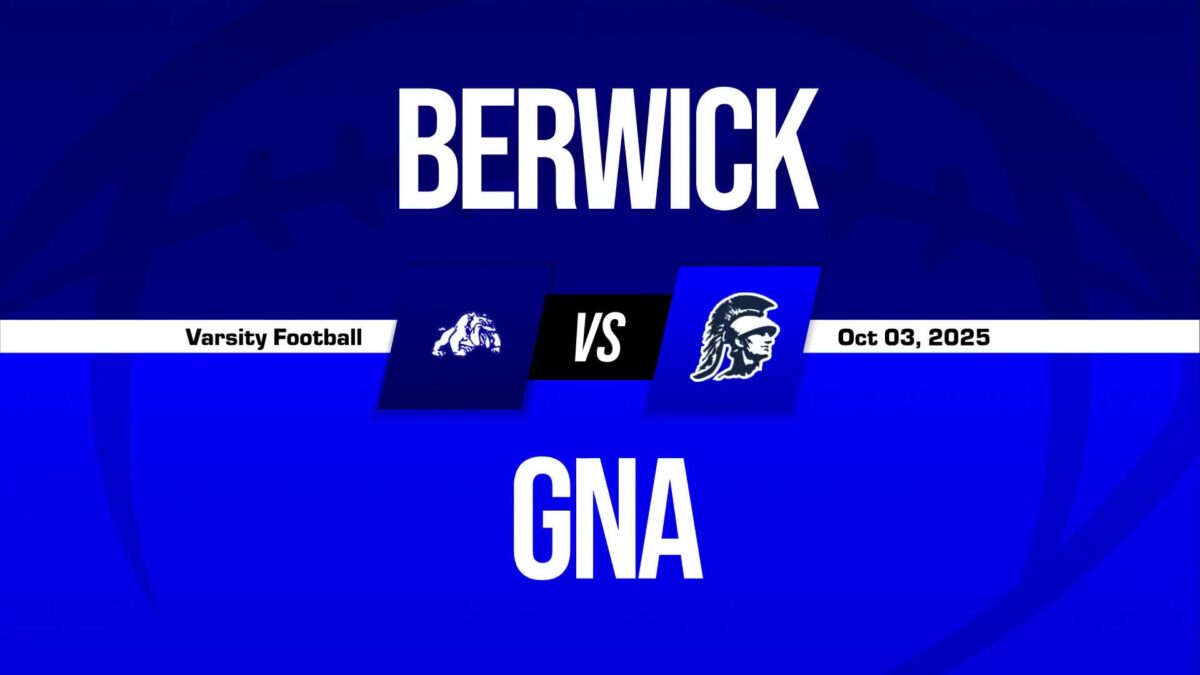NANTICOKE, LUZERNE COUNTY (WBRE/WYOU) — November 11 is Veterans Day, a day used to honor those who are currently serving or have served our country. Several events are taking place to honor our veterans, many of which are held at local colleges, including Luzerne County Community College (LCCC).
LCCC is hosting its annual Veterans Day ceremony at the Patrick J. Solano Veteran Center in Nanticoke.
The ceremony honors veterans through the singing of the national anthem, the Pledge of Allegiance, and a presentation of the colors.
The program paused to honor 85-year-old Marine Corps veteran Frank Carden for his service and dedication. Carden served during the Vietnam War and in Operations Desert Shield and Desert Storm.
He attended college more than four decades ago and graduated, but never received his diploma.
“Well, it was a great honor for me. I’ve been looking forward to this for the last 47 years. I received a great education here and had some outstanding teachers,” Carden expressed.
PHOTOS: First snow comes through Pennsylvania
College President John Yudichak is a longtime friend of Carden, but didn’t know the story until recently.
“It was very special for me to have a family friend here today. A veteran of the United States Marine Corps. To honor him for his service to his country and also honor him as a member of the alumni association of Luzerne County Community College,” stated Yudichak.
Both hope ceremonies like these continue to honor veterans for years to come.
“We have so many men and women who have dedicated their lives, and so many men and women who have given their lives,” said Carden.
“It’s so important that each new generation of Americans understand the sacrifice that went into building this great nation,” Yudichak expressed.
This year also marks the 250th anniversary…





 Luzerne County Councilman John Lombardo, left, talks with friend John Eric Poli at The Knights in Pittston while waiting for election returns Tuesday night, Nov. 4, 2025.
Luzerne County Councilman John Lombardo, left, talks with friend John Eric Poli at The Knights in Pittston while waiting for election returns Tuesday night, Nov. 4, 2025. 









